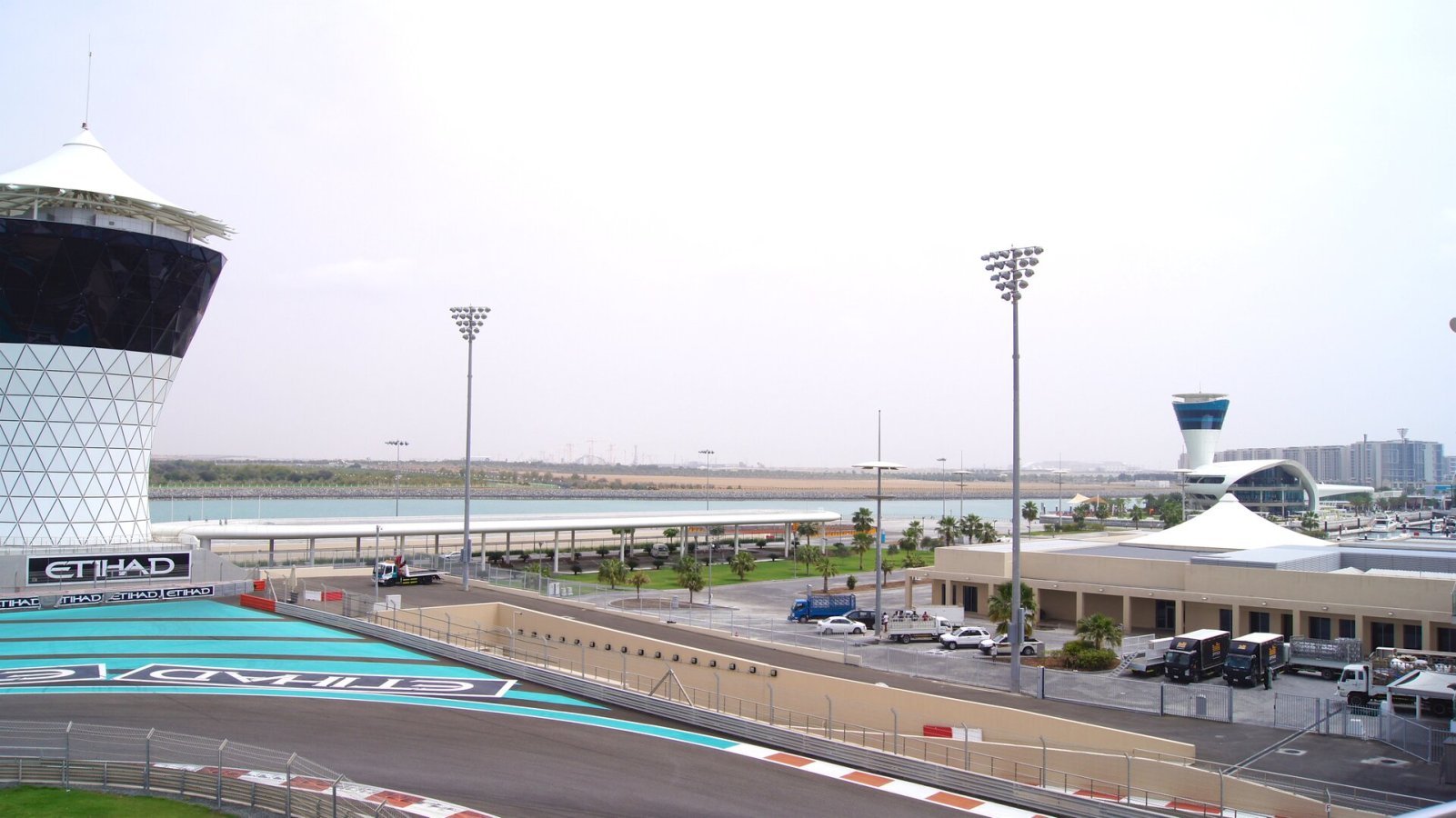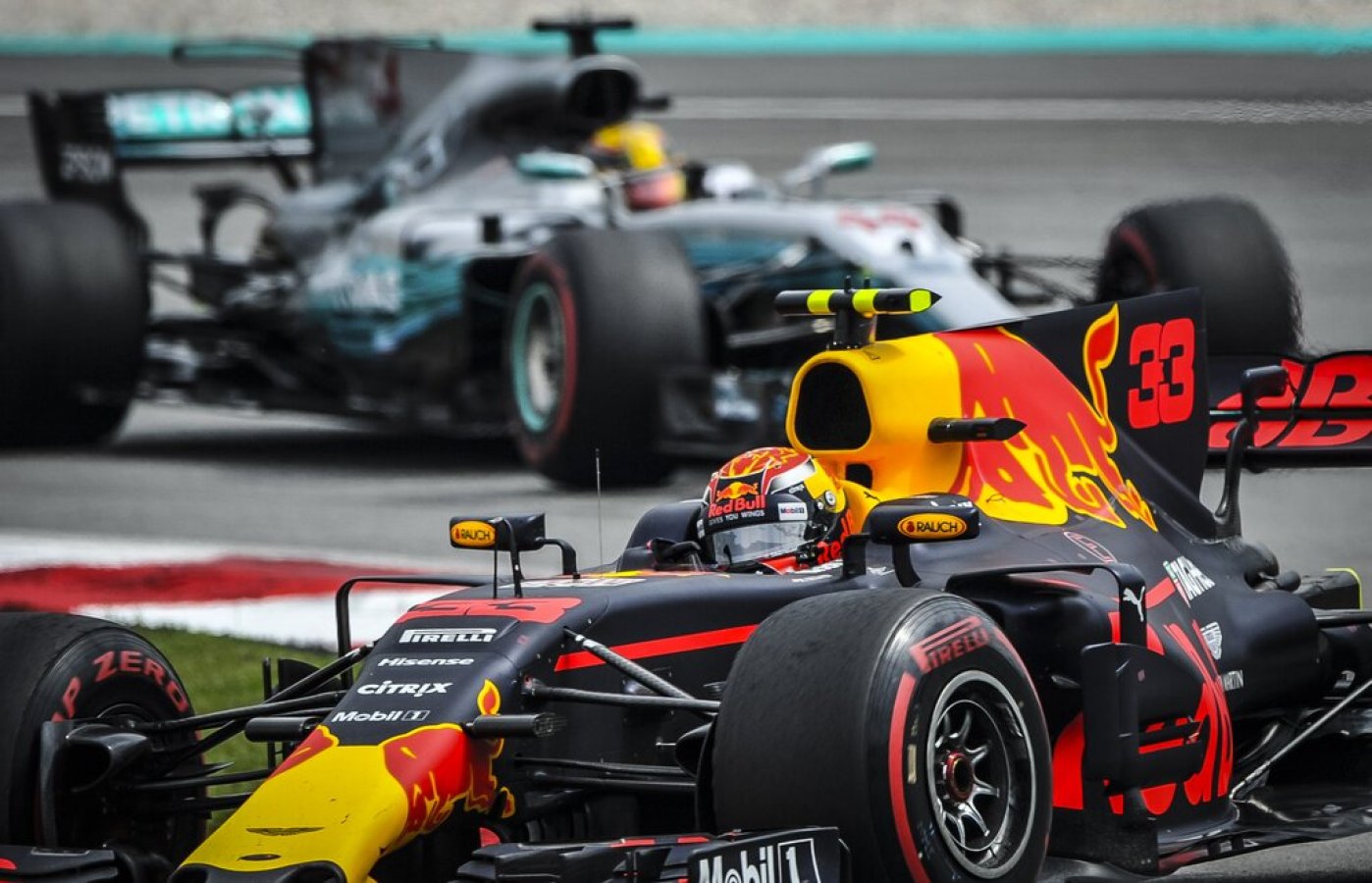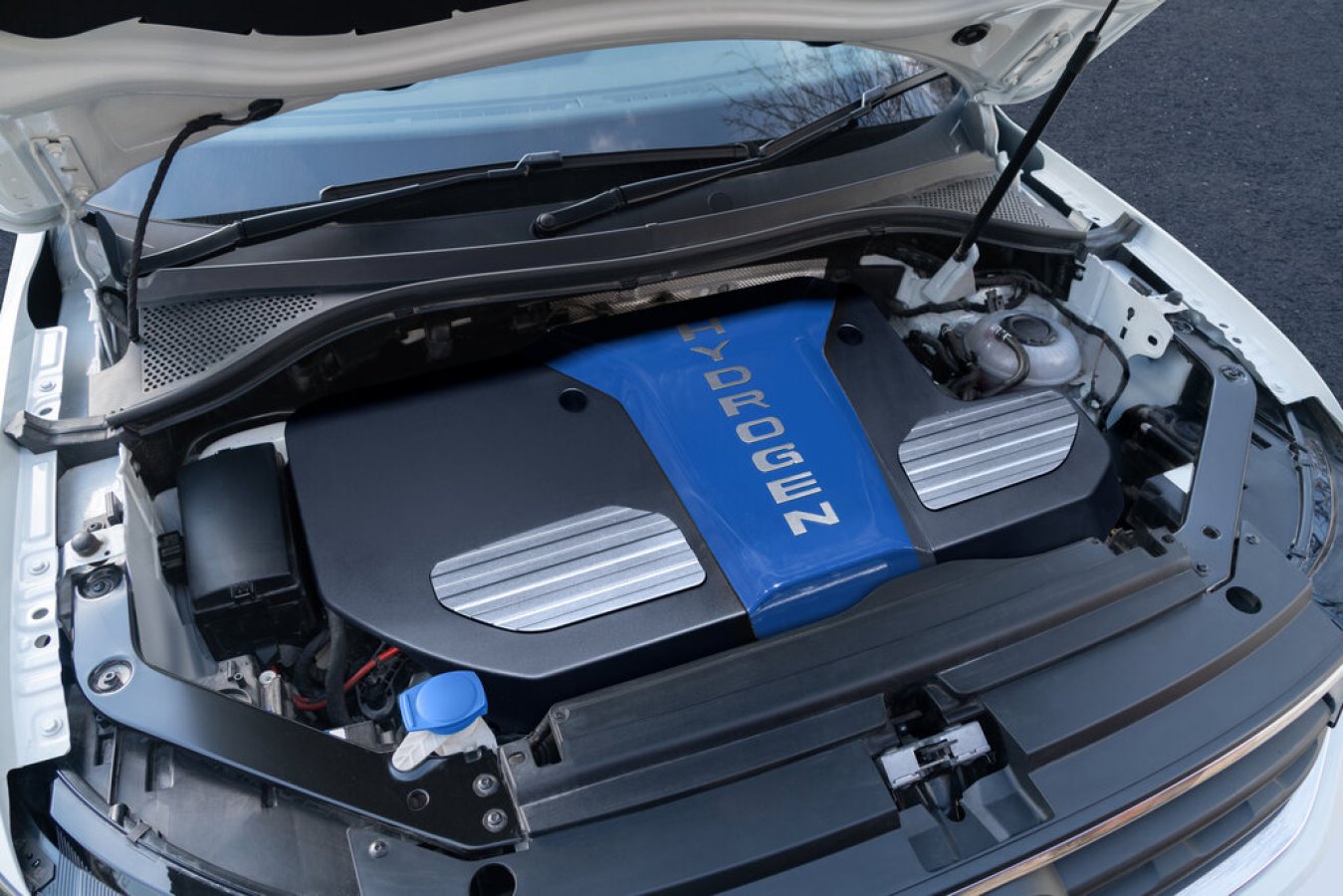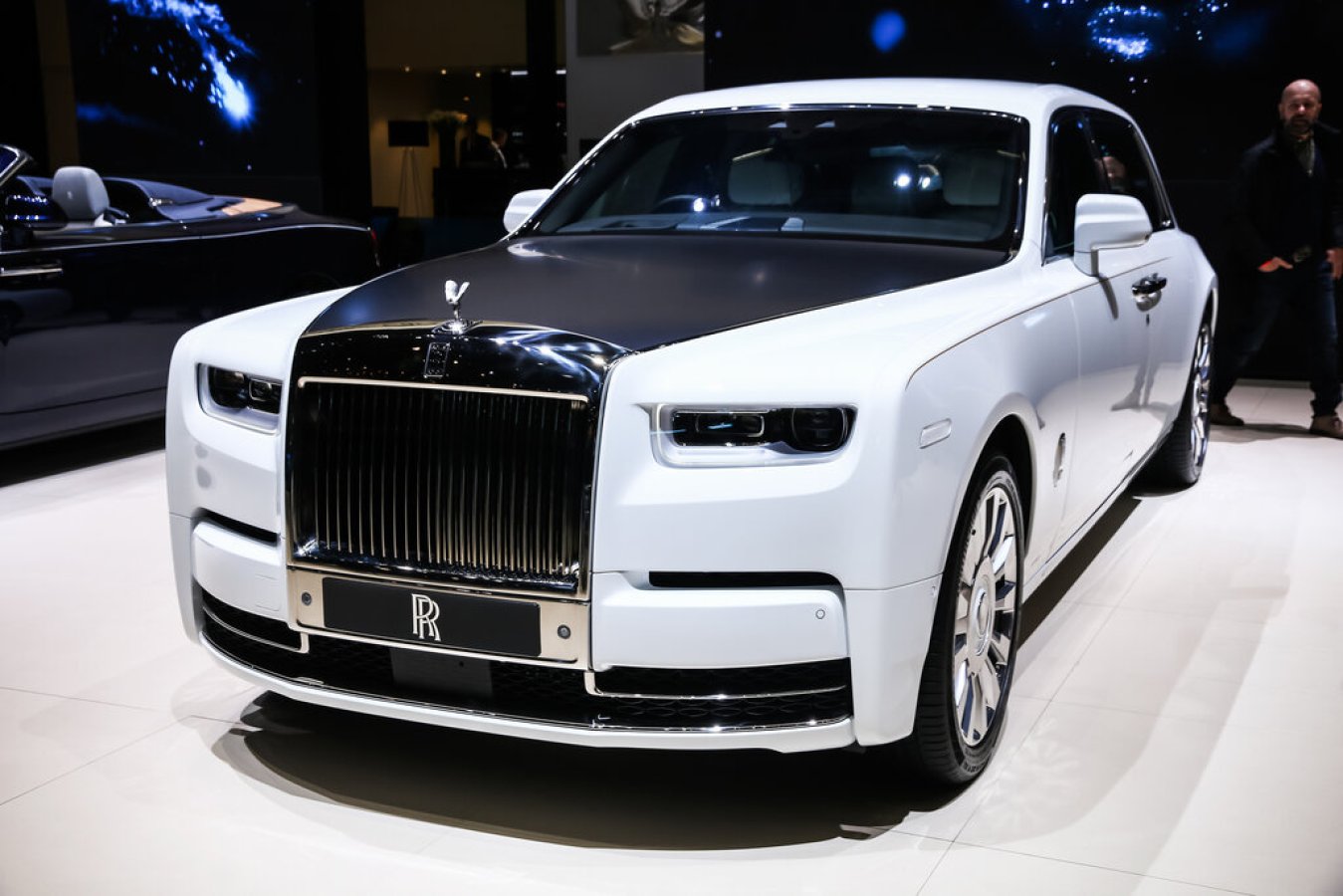Ketika kekhawatiran mengenai dampak lingkungan dari fesyen meningkat di kalangan konsumen, merek-merek mewah menghadapi tekanan yang semakin besar untuk menerapkan praktik yang lebih ramah lingkungan.
Marie-Claire Daveu, Global Head of Sustainability di Kering, telah menjadi kekuatan pendorong di balik upaya Gucci, Balenciaga, dan Yves Saint Laurent untuk mengurangi jejak lingkungan mereka. Faran Krentcil berbicara kepada Daveu tentang tantangan dalam mentransformasi rumah mewah warisan dan apakah keberlanjutan sejati dapat dicapai dalam skala besar.
Di bawah kepemimpinan Daveu, Kering meluncurkan serangkaian target keberlanjutan yang ambisius pada tahun 2017, yang bertujuan untuk meminimalkan dampaknya di seluruh rantai nilai. Pada tahun yang sama, Kering Foundation mengadakan pesta ulang tahun ke-15 untuk merayakan karya ini. Para tamu papan atas seperti Oprah Winfrey, Channing Tatum, dan Kim Kardashian terpesona dengan gaun rancangan desainer ketika mereka mengetahui tentang upaya Yayasan memerangi kekerasan berbasis gender. Selain menyoroti dampak dari Yayasan ini, diskusi juga menyoroti perjalanan keberlanjutan Kering. Ketika suhu di dalam acara meningkat, diskusi mengenai tanggung jawab fesyen untuk melindungi lingkungan untuk generasi mendatang juga meningkat. Wawancara Daveu memberikan wawasan tentang transisi merek-merek ikonik menuju model etis dan menciptakan kemewahan dengan cara yang berkelanjutan bagi manusia dan planet ini.
Di bawah bimbingan Marie-Claire Daveu, Kering telah mendorong seluruh sektor barang mewah menuju kepedulian lingkungan yang lebih baik. Survei Deloitte baru-baru ini menemukan bahwa 57% pelanggan barang mewah kini mempertimbangkan keberlanjutan saat membeli barang-barang bermerek. Pengaruh Daveu terlihat di seluruh merek bergengsi Kering, mulai dari pujian kritis Bottega Veneta hingga desain inovatif Alexander McQueen. Setiap rumah menerbitkan standar keberlanjutan yang ketat untuk praktik seperti kapas yang bertanggung jawab dan meminimalkan penggunaan air dalam pengerjaan.
Pada tahun 2022 saja, Kering mengumumkan target ambisius dan inisiatif sirkular baru. Kelompok ini menjanjikan pengurangan emisi sebesar 40% pada tahun 2035. Pada tahun yang sama, Gucci meluncurkan pusat melingkar pertamanya di Italia untuk mendaur ulang barang-barang mewah. Lab Inovasi Material, yang merayakan hari jadinya yang ke 10, terus mengembangkan alternatif yang lebih ramah lingkungan untuk bahan seperti kulit dan sutra. Kering juga melarang semua penggunaan bulu mulai musim gugur 2022.
Melalui kepemimpinan ramah lingkungan yang visioner selama lebih dari satu dekade, Daveu telah mengubah Kering menjadi pemimpin keberlanjutan yang mendorong perubahan nyata di sektor barang mewah. Arah strategisnya adalah menanamkan standar etika yang menghormati lingkungan dan warisan kerajinan yang diperlukan untuk menciptakan produk desainer yang luar biasa untuk generasi mendatang.
Menyeimbangkan Kreativitas dan Keberlanjutan dalam Kemewahan
Tidak diragukan lagi, prioritas utama Kering sebagai sebuah bisnis adalah menjual produk dan meningkatkan pendapatan. Menyenangkan pemegang saham berarti menghadirkan tren yang memikat budaya pop, seperti mania logo Gucci yang dipopulerkan oleh Harry Styles. Penampilan ramping Balenciaga pada Kim Kardashian juga memicu kegilaan membeli. Laju tren yang cepat menghadirkan tantangan bagi keberlanjutan - apa yang terjadi pada jumpsuit Saint Laurent berwarna pink cerah setelah "Barbiecore" memudar? Membuat desain baru membutuhkan sumber daya finansial dan lingkungan.
Meskipun “kapitalisme berkelanjutan” menguntungkan negara-negara yang mengadopsinya seperti Patagonia, mengubah sistem yang sudah mendarah daging di perusahaan fesyen besar seperti Kering adalah upaya yang sangat besar. Akan ada kesalahan langkah ketika kerangka kerja sirkular menggantikan proses linear ambil-buat-sampah yang sudah tertanam selama beberapa dekade. Melalui kepemimpinan Daveu, Kering telah membuat kemajuan luar biasa namun mengakui masih ada kemajuan yang harus dicapai. Realitas bisnis tidak dapat diabaikan, demikian pula kebutuhan mendesak untuk mereformasi produksi barang mewah. Dengan komitmen dan inovasi, harapannya adalah merek dapat terus memuaskan konsumen sekaligus meringankan jejak mereka. Keberlanjutan dan kreativitas tidak harus menjadi dua kekuatan yang berlawanan, namun perjalanan untuk menyelaraskan keduanya sangatlah panjang.
Menyeimbangkan Tujuan Pertumbuhan dan Keberlanjutan
Meskipun Kering telah mencapai kemajuan dalam hal keberlanjutan, memenuhi peningkatan permintaan melalui sistem sirkular menimbulkan kesulitan. Menurut The Business of Fashion, emisi karbon grup ini meningkat 12% pada tahun 2022. Hal ini menyoroti realitas kompleks dalam meningkatkan praktik etika di rumah-rumah mewah yang sangat populer seperti Gucci dan Bottega Veneta. Seiring dengan meningkatnya permintaan, tekanan terhadap rantai pasokan dan sumber daya yang ada juga meningkat.
Pertumbuhan yang tidak terbatas bertentangan dengan pembatasan emisi dalam jangka panjang. Hal ini menandakan perlunya solusi yang lebih inovatif yang tidak hanya menggunakan bahan terbarukan dan daur ulang namun juga memikirkan kembali volume produksi secara mendasar. Hal ini juga menggarisbawahi tantangan besar dalam mendorong transformasi keberlanjutan pada skala perusahaan-perusahaan mewah global.
Daveu mengakui masih ada kemajuan yang harus dicapai. Namun melalui komitmen dan kemauan untuk terus meningkatkan sistem, Kering bertujuan untuk menyelaraskan permintaan dengan kepedulian terhadap lingkungan melalui inovasi strategis yang berkelanjutan.






